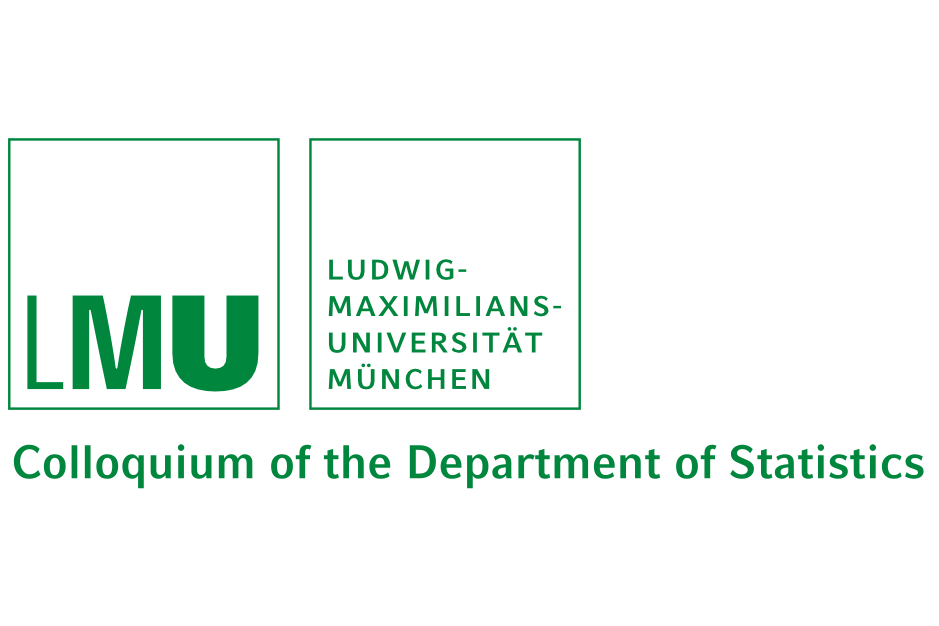10
May

Deriving interpretable thresholds for variable importance in random forests by permutation
Maria Blanco, Staburo GmbH
Tim Müller, Staburo GmbH
Laura Schlieker, Staburo GmbH
Armin Ott, Staburo GmbH
Hannes Buchner, Staburo GmbH
10.05.2023
4:15 pm - 5:45 pm
LMU Department of Statistics and via zoom
In clinical research, discovering predictive biomarkers is vital for precision medicine. The authors propose a variation of Random Forests, categorizing variables as confirmed, tentative, or rejected. Simulations and real datasets demonstrate its effectiveness in visually presenting multiple criteria.
Related

Colloquium • 16.07.2024 • LMU Department of Statistics and via zoom
Privacy, Data Privacy, and Differential Privacy
Colloquium at the LMU Department of Statistics with James Bailie from Harvard University.

Colloquium • 10.07.2024 • LMU Department of Statistics and via zoom
Variational Learning for Large Deep Networks
Colloquium at the LMU Department of Statistics with Thomas Möllenhoff from RIKEN, Tokyo.

Colloquium • 03.07.2024 • LMU Department of Statistics and via zoom
Can today’s intention to treat have a causal effect on tomorrow’s hazard function?
Colloquium at the LMU Department of Statistics with Jan Beyersmann, University of Ulm.

Colloquium • 26.06.2024 • LMU Department of Statistics and via zoom
The Complexities of Differential Privacy for Survey Data

Colloquium • 19.06.2024 • LMU Department of Statistics and via zoom
Resampling-based inference for the average treatment effect in observational studies with competing risks
This talk explores three resampling methods to construct valid confidence intervals and bands for treatment effect estimation in competing risks studies.